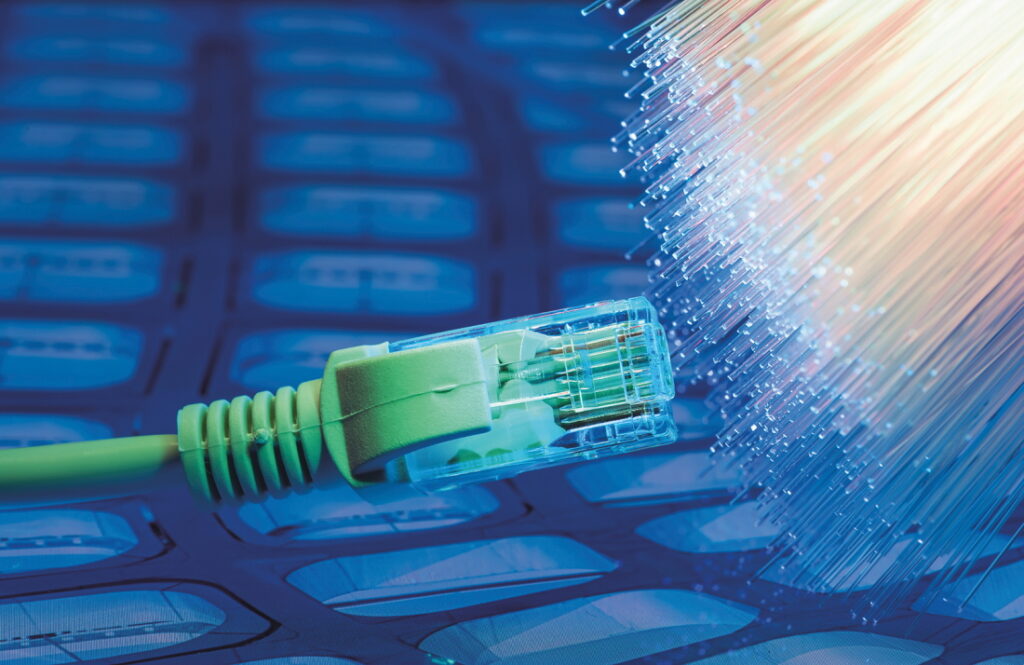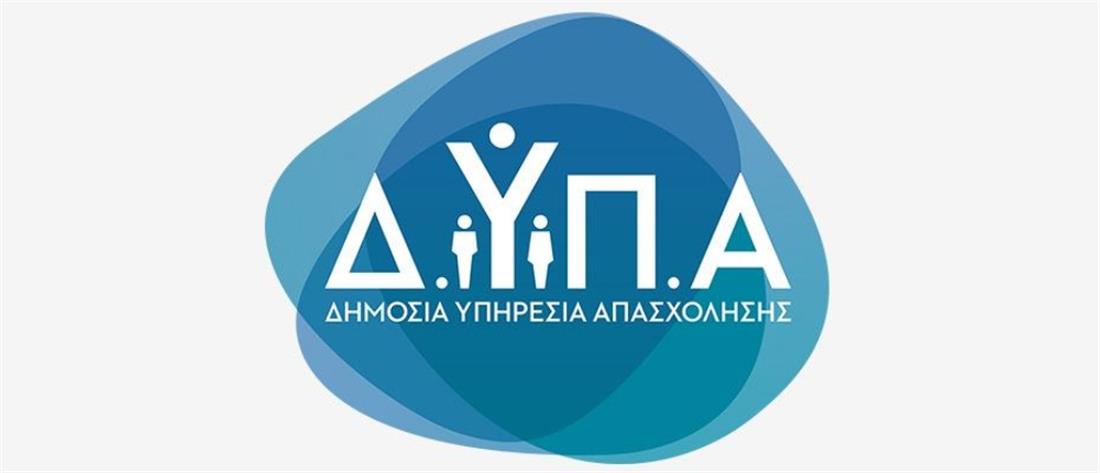
A state subsidy averaging between €1,000 and €1,300 will support the installation of fibre optics inside around 120,000 buildings across the country. This is the Smart Readiness Voucher Scheme, which is being implemented. It provides for the provision of 100 million subsidy. euros and the aim is for Greece to "catch up" with the European Union averages. This target concerns the availability and penetration of ultra-high-speed broadband networks.
The logic of the Smart Readiness Voucher Scheme
The logic of Smart Readiness Voucher Scheme is to finance all or most of the work to be carried out on the optical fibres inside each apartment. Η optical fibre, coming from the central distributor of each building, will create the necessary infrastructure. This will, among other things, allow the installation of "smart" electricity and gasmeters in each house.
The project, which was launched by the Information Society and funded by the Recovery Fund , has as its main objective the conversion of a building into a "smart" building. In this context, vouchers will be issued to cover the cost of the works involved.
Financing
The Smart Readiness Voucher Scheme is something like a market pass. Specifically, the scheme will provide vouchers to managers of blocks of flats or tenants of single-family houses to upgrade the internal wiring of buildings in order to:
- Be able to receive high-speed broadband services.
- Install infrastructure to interconnect the new "smart" meters.
- To "run" actions concerning the environmental footprint of the main public facilities of the buildings.
The bulk of the funding is for existing apartment buildings. The average cost of upgrading the fibre distribution infrastructure in a four-storey block of flats is estimated at EUR 1 000.
The whole process of upgrading will start with the announcement by the telecom operators of a plan to build a fibre optic network in a certain area with a time horizon of 2026. During this period, the information system "Broadband Map and Network Registry" will be updated.
Based on this system, building managers or owners will choose the technical company that will take on the task of distributing the fibre optic network inside their building, from the central distributor to each apartment.
The technical office will in turn submit its project to the "e-communications" platform of the General Secretariat of Telecommunications. The grant will then be approved. The technical offices must register in the Register of Installers of the programme.
Two ministerial decisions have already been issued for this project:
- One concerns the Broadband Map and the Network Registry (registration of all networks in the country with the mandatory participation of all providers).
- The second concerns the operation, in cooperation with TEE, of the electronic platform "e-business", through which the implementation of the construction of optical networks inside buildings will be licensed, registered and controlled.
The eligible buildings
To qualify for the grant, buildings must meet two conditions:
- The first is for the building to be located within the Intervention Area, which the person concerned will be able to see through a system that shows the exact location of the apartment building or single-family house.
- The second requirement is that the building must not have any in-building optical cabling.
The Area of Intervention includes all buildings where a fibre optic network passes or is to pass by 2026. Broadband services immediately upgradable to 1 Gbps will be provided. This includes any other building within 1,000 metres of the fibre network.
In order to receive the vouchers, the manager will have to submit the building's details to the TEI's "e-districts" platform, where the installers who can undertake the work will also be listed. The installer, after contacting the manager, will go to the building for an "autopsy" and to identify exactly the work to be carried out, submitting his offer.




